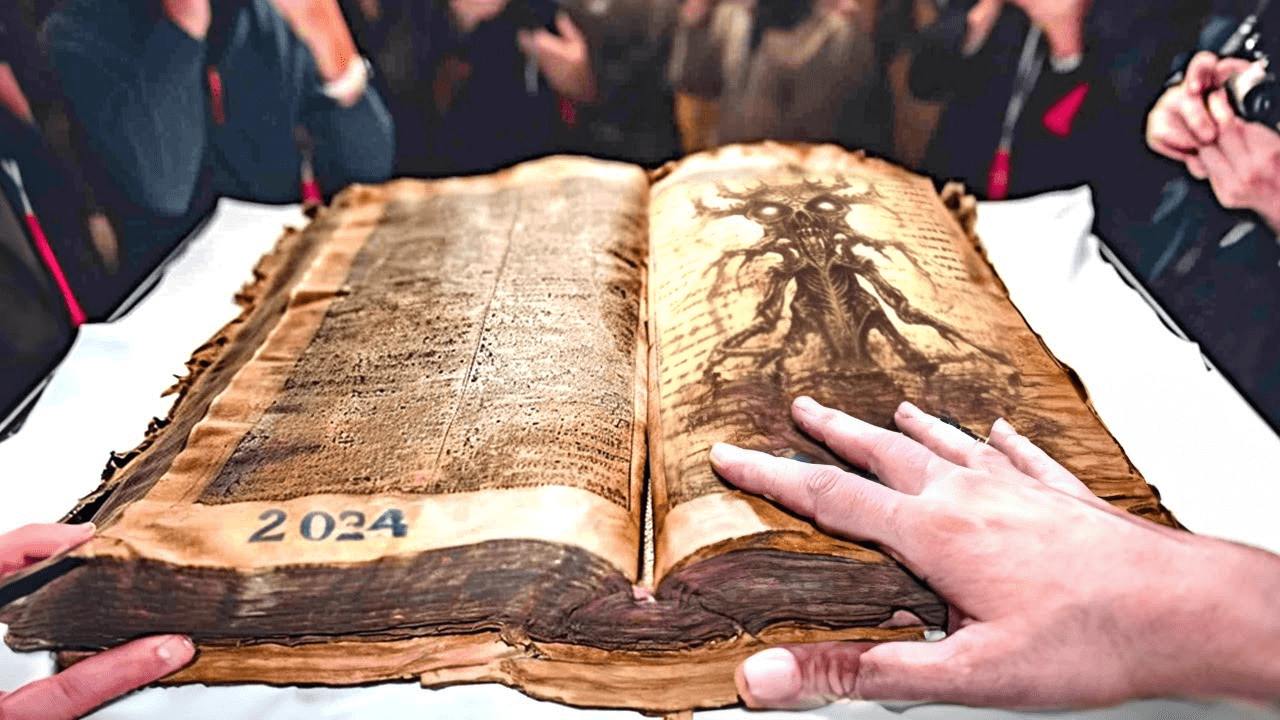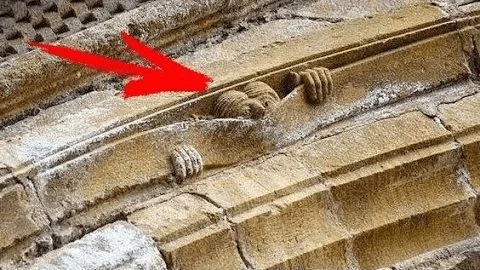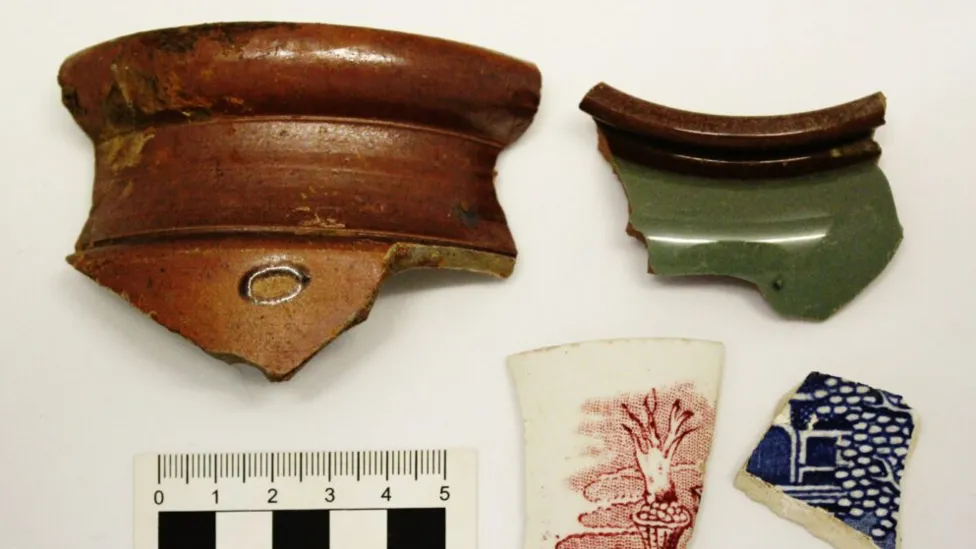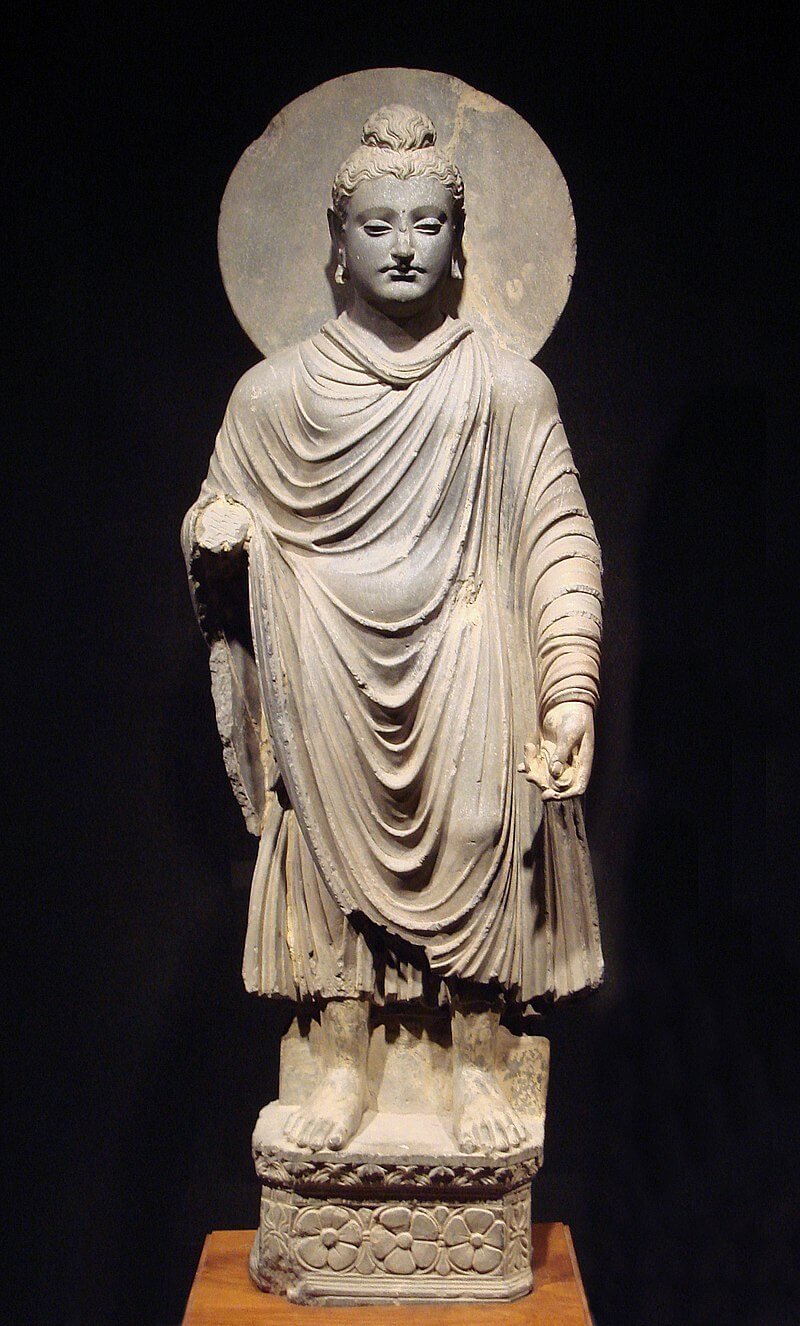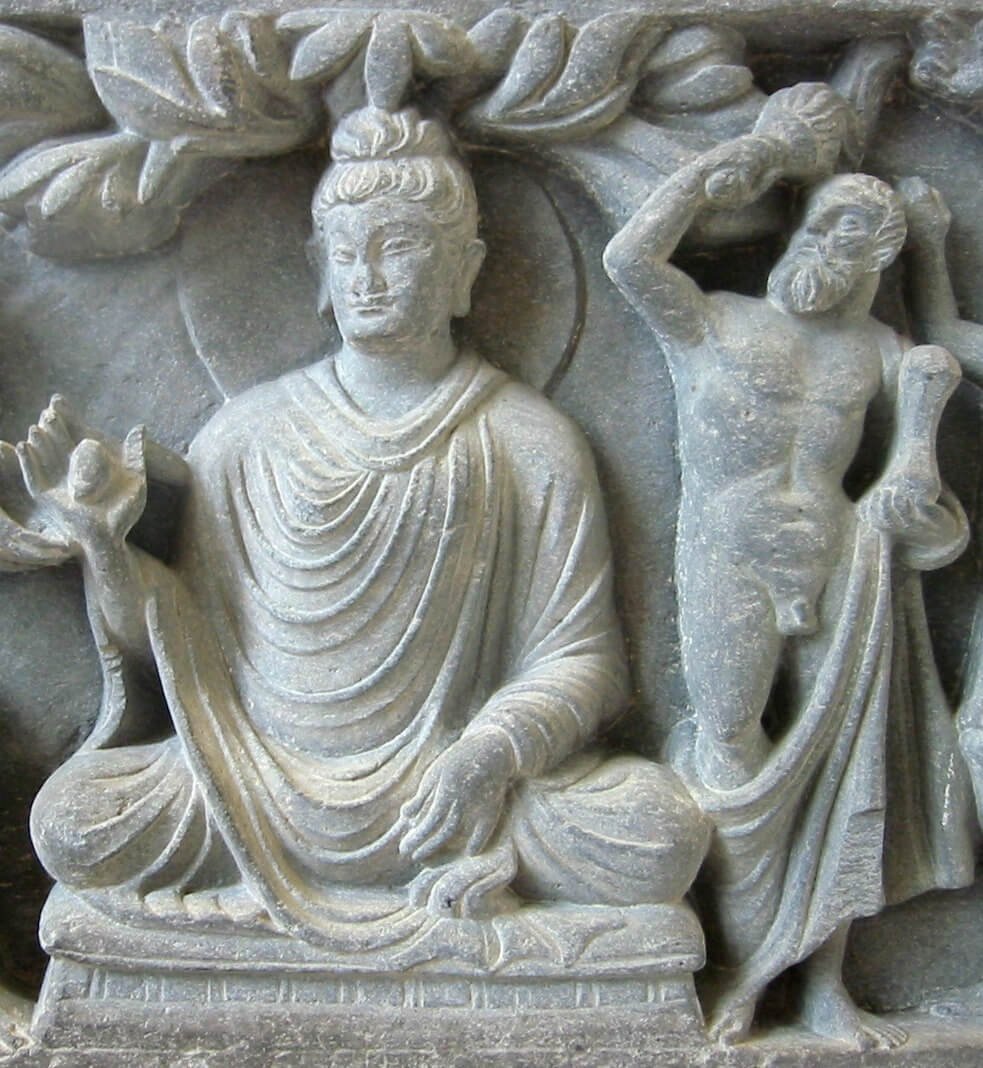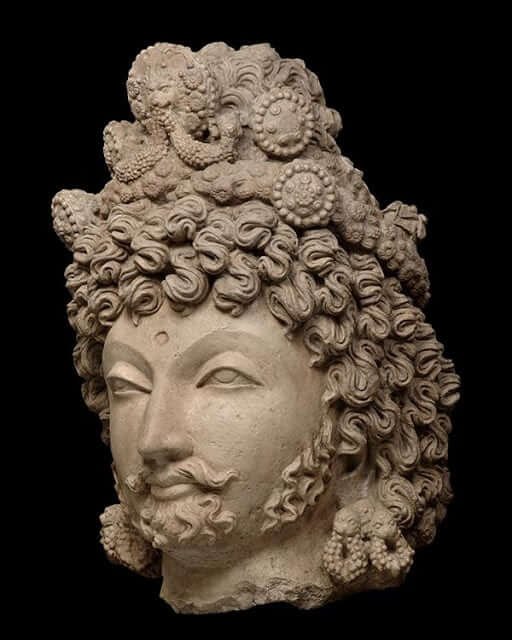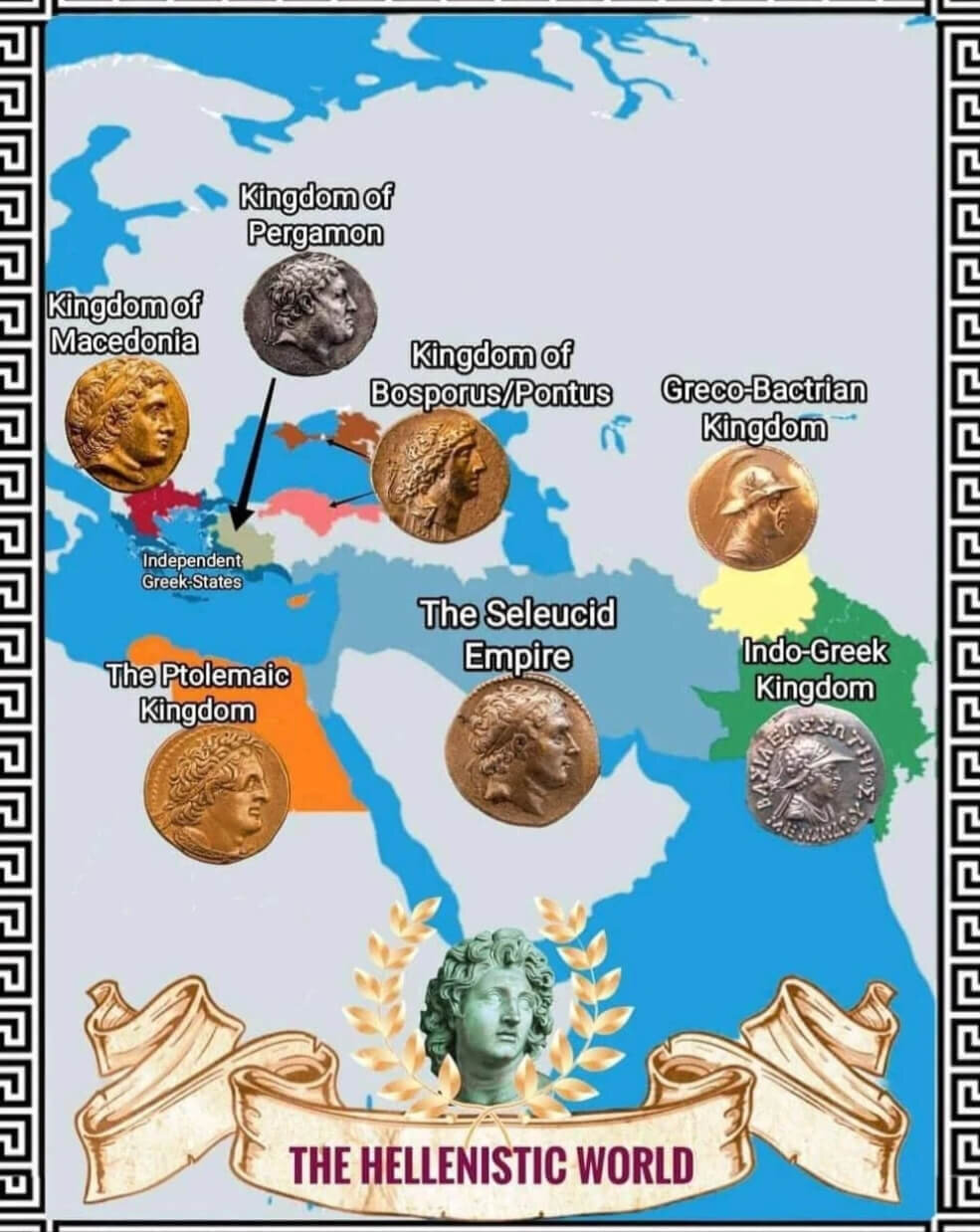Around 300,000 years ago, Homo sapiens diverged from a lineage of human-like primates, marking the emergence of the first fully human species renowned for their unmatched abilities and creativity in Earth's history. However, during this period, in terms of behavior and intelligence, these early humans would not have appeared significantly distinct from other hominins such as Neanderthals, Denisovans, and Homo erectus with whom they shared their environment.
Fast forward to the present day, and the contrast between these ancient humans and their modern counterparts is stark. Today, the average person travels swiftly in vehicles, appreciates art and literature portraying imaginary worlds, and is deeply enmeshed in socio-political networks far larger than the entire population of our prehistoric ancestors.
Yet, genetically speaking, we are fundamentally similar to those ancient humans. Despite our technological advancements—from spaceships to particle colliders, operas to crème brûlées, and megacities to globe-spanning systems of cooperation—we are composed of the same essential components as those early humans who relied on rudimentary tools and communal living.
So, how did we transition from that ancient past to our present state?
An "ancient human" isn't defined by a singular moment in evolution, given the gradual nature of this process. While we all share a common genetic ancestor, there wasn't necessarily a significant difference between them and their contemporaries; it was more a matter of chance in the reproductive process.
Regarding the emergence of modern humans, anatomically similar individuals appeared in Africa around 300,000 years ago. However, evidence from tools and artifacts suggests that they only began to exhibit behaviors similar to us around 50,000 to 60,000 years ago, after many generations of relative stability. This sudden shift in behavior is sometimes referred to as the "great leap forward," although experts debate the reasons behind the lag between anatomical and behavioral modernity.
When comparing the behaviors of ancient and modern humans, significant differences emerge. For instance, the development of symbolic thought played a crucial role in unlocking language and fostering cultural and technological innovations. Additionally, modern humans demonstrate enhanced problem-solving abilities and long-term planning skills, evidenced by the production of sophisticated artifacts and extensive global exploration efforts.
One key factor behind this unprecedented success lies in our cognitive abilities, particularly executive function—a set of complex mental processes enabling goal achievement, abstract reasoning, and self-control. This capacity, rooted in the brain's frontal lobe, empowered ancient humans to refine tools, coordinate complex activities like hunting, and explore distant lands.
Despite these advancements, significant developments have occurred since the emergence of behavioral modernity. While the cognitive landscape of our upper-Paleolithic ancestors may have been similar to our own, the expansion of global networks has fundamentally changed the dynamics of human societies. This increasing interconnectedness has fueled innovation, leading to remarkable advancements across various domains.
Moreover, physical evolution has also played a role as humans migrated across different environments, adapting to diverse conditions through genetic mutations. These adaptations range from visible traits like skin color to subtler changes facilitating survival in specific ecological niches.
Yet, amid these evolutionary transformations, some aspects of human behavior remain rooted in our ancestral past, leading to mismatches in the modern world. Traits that were advantageous in ancient times, such as a preference for calorie-dense foods, can now contribute to health problems like obesity in environments of abundance.
In summary, the story of human evolution is one of both continuity and change—a testament to our species' resilience, adaptability, and enduring legacy shaping the world we inhabit today.






